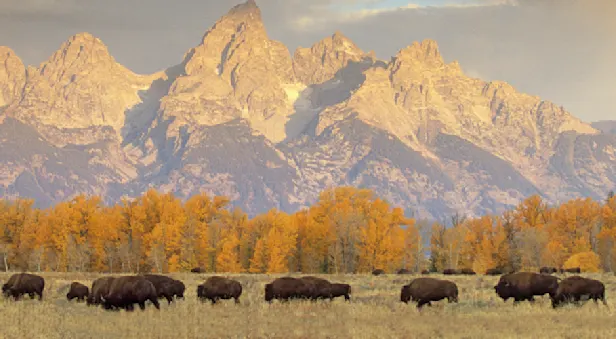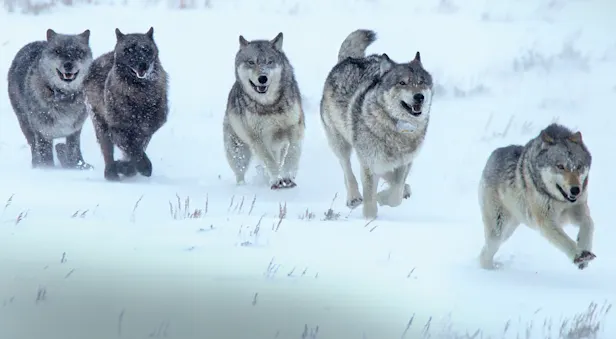
Know Before You Go


Bison Facts | Yellowstone Wildlife Guide
STORY OF SURVIVAL
The story of the Yellowstone Bison, one of America’s most majestic animals, covers more than a hundred years of struggle and conflict. In the early 1800s, an estimated 65 million bison roamed throughout the Great Plains of North America. Compare that to the “Great Migration” of the Serengeti—by any standard an overwhelming spectacle—where the combined total of wildebeest and zebra in that migration is somewhere less than 2 million animals. Old accounts of the bison describe herds that took days to pass by.
Unfortunately, market hunting, poaching and an intentional campaign to eliminate a resource that Native American communities relied on had a disastrous effect on bison populations. Less than 1,000 bison remained by 1890. Even after the creation of Yellowstone National Park, bison remained unprotected until 1886, when the U.S. Army arrived to guard the park’s resources.
Through protective measures and management, bison numbers increased in Yellowstone, reaching a population of 1,500 in 1954. In 1968, bison were no longer strategically transplanted into different areas of the park, and the population was allowed to fluctuate according to environmental conditions such as the availability of food resources and winter weather conditions. The cool, wet summers and mild winters that occurred during the 1970s and ’80s led to another boost in population size, as grasses were plentiful and the winter mortality rate dropped.
PHYSICAL TRAITS & BREEDING
Bison (often referred to as buffalo) are truly majestic animals. An adult bull may grow to measure 6 feet tall at the shoulder and weigh 2,000 pounds. Females resemble the males, except that they are smaller and have more slender horns.
Bison breed between July and early August, and calves are born from April to May. In spring and early summer, newborns can often be seen in the Lamar Valley and Firehole area. Although observing and photographing the young can be a thrilling experience, it is extremely important to keep a safe distance from the bison, which can charge at speeds of 30 miles per hour. Visitors who venture too close risk being gored!
See Bison on These Yellowstone Adventures

Ultimate Yellowstone & Grand Teton Safari
A small-group exploration of Yellowstone and the Tetons as few get to experience these iconic parks—scout for wildlife and discover secret places with our naturalist guides who know this region intimately.


Winter Yellowstone & Grand Teton Photo Expedition
Capture frosty wildlife images in winter solitude in Yellowstone and Grand Teton—go deep into the silent wilds by snowcoach, shoot dramatic landscapes, and photograph roaming elk in Jackson Hole.































